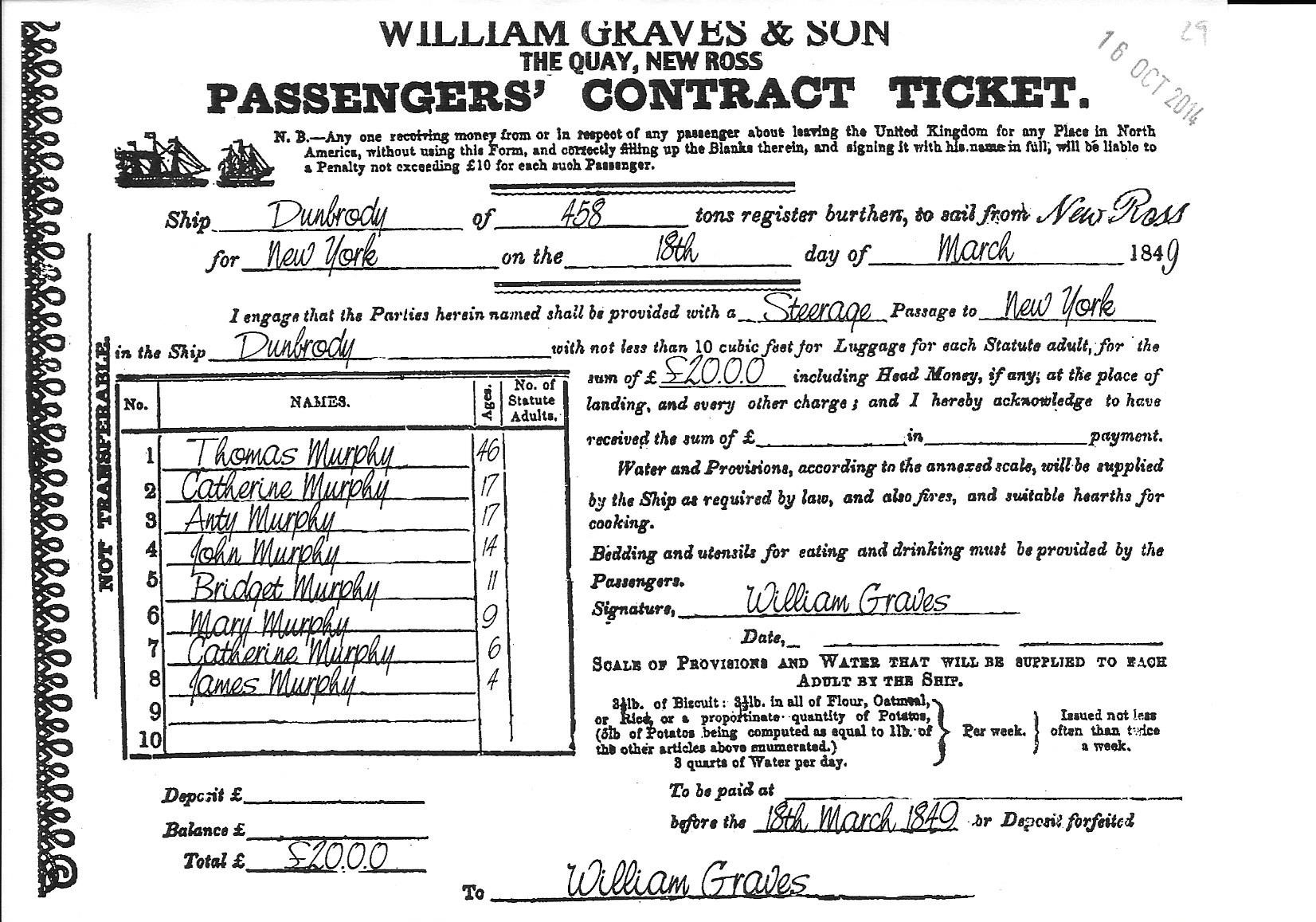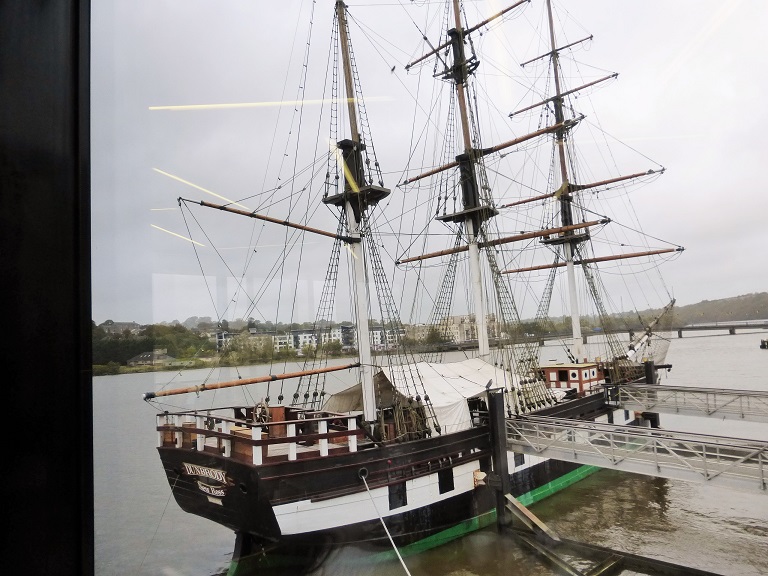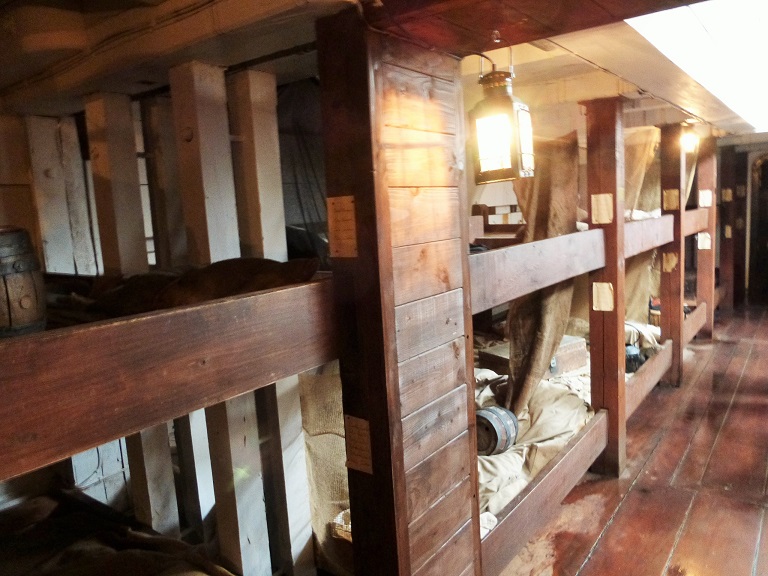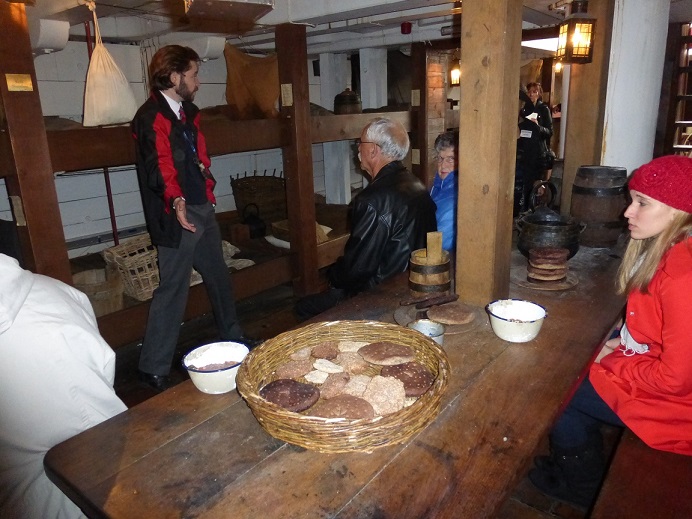
Actual Passenger's Contract
| Page 03 ~ Dunbury Famine Ship |
|

|
|
Actual Passenger's Contract |
 |
 |
||
|
Betweem Each Pillar the Space for Families of Up to Ten! |
 |
 |
||
|
Chuck at the Helm! |
Coffin Ship
The term coffin ships is used to refer to the ships that carried Irish immigrants escaping the Great Irish Famine as well as Highlanders displaced by the Highland Clearances. These ships, crowded and disease-ridden, with poor access to food and water, resulted in the deaths of many people as they crossed the Atlantic, and led to the Typhus epidemic of 1847 at quarantine stations in Canada. Owners of coffin ships provided as little food, water, and living space as was legally possible – if they obeyed the law at all.
While coffin ships were the cheapest way to cross the Atlantic, mortality rates of 30% aboard the coffin ships were common. It was said that sharks could be seen following the ships, because so many bodies were thrown overboard.
Legislation to protect emigrant passengers, the Passenger Vessels Act, was first enacted in Britain in 1803 and continued to evolve in the following decades. A revised Act in 1828, for example, marked the first time that the British government took an active interest in emigration matters. Within a few years, regulations were in force to determine the maximum number of passengers that a ship could carry, and to ensure that sufficient food and water be provided for the voyage. But the legislation was not always enforceable, and unscrupulous shipowners and shipmasters found ways to circumvent the law. In addition, ships sailing from non-British ports were not subject to the legislation. As a consequence, thousands of emigrants experienced a miserable and often dangerous journey. By 1867, regulations were more effective, thus providing people with the promise of a safe, if not comfortable, voyage.
|
|